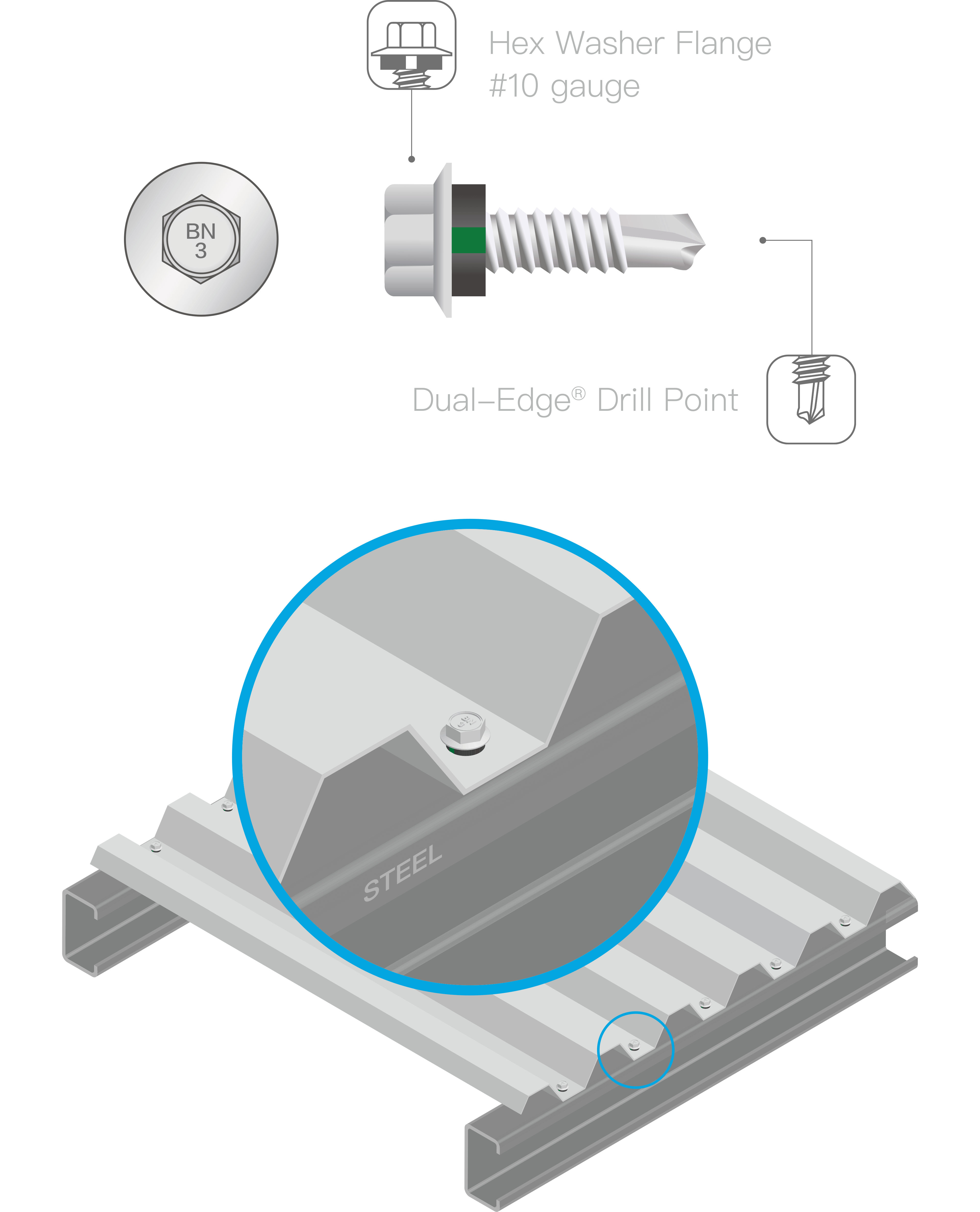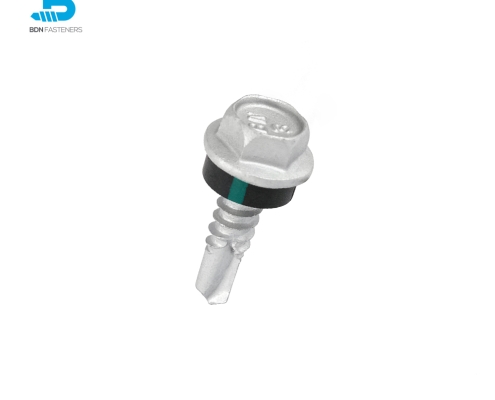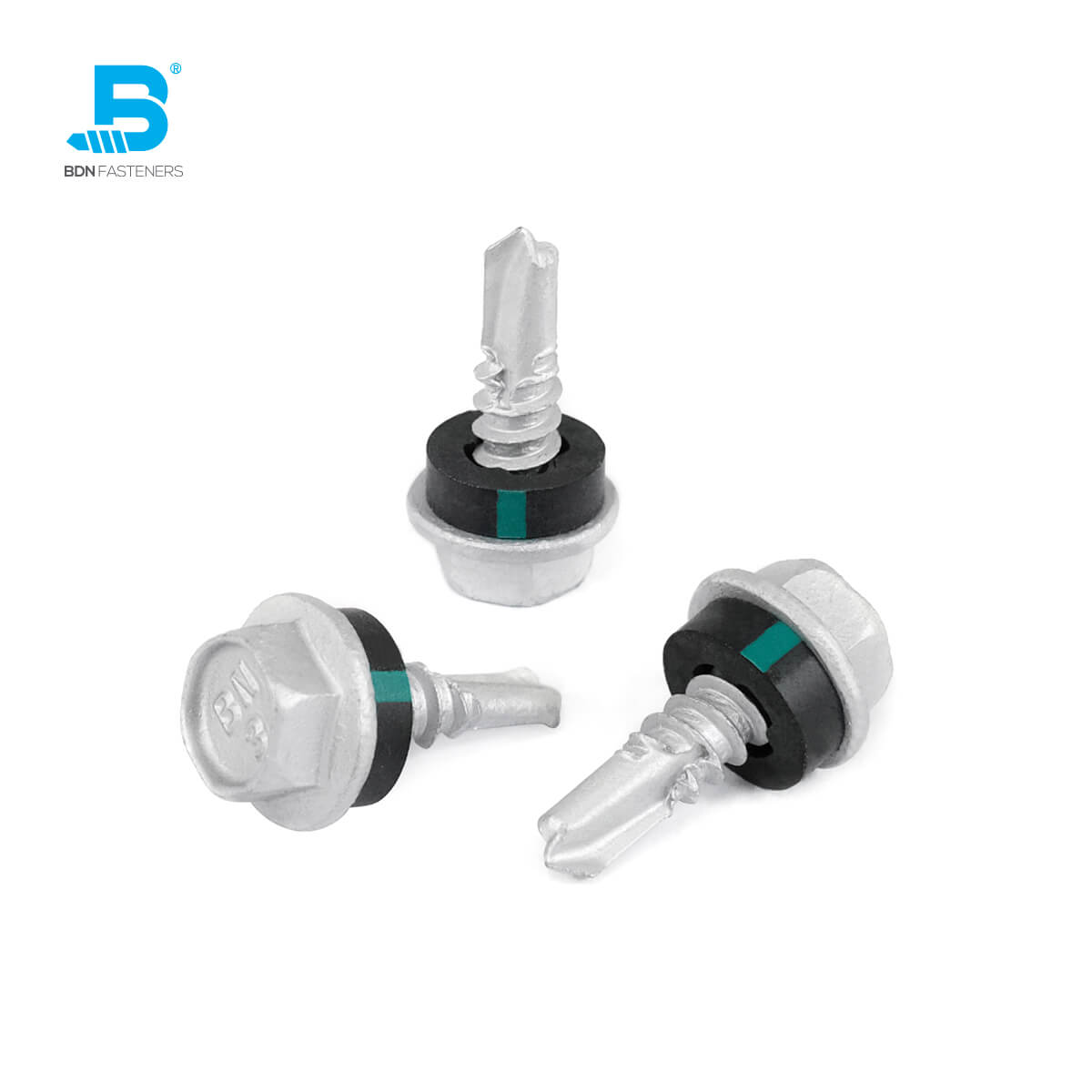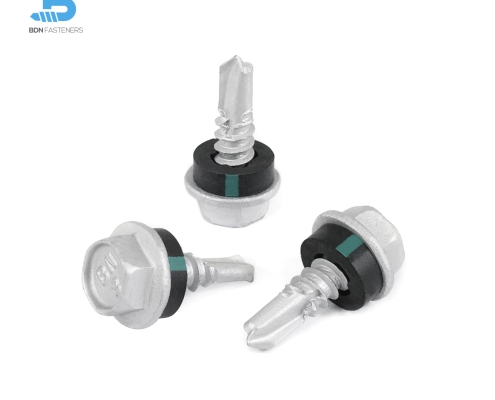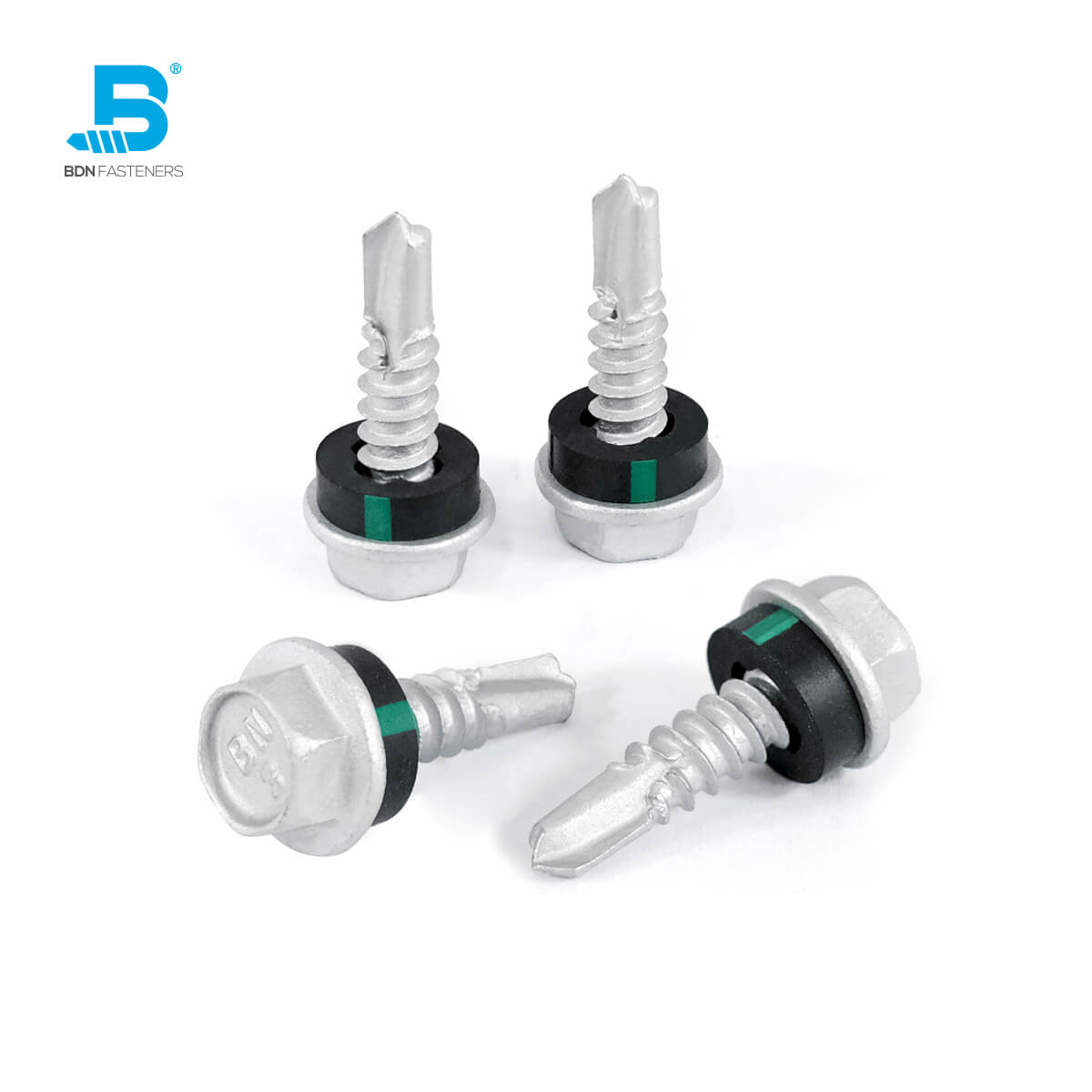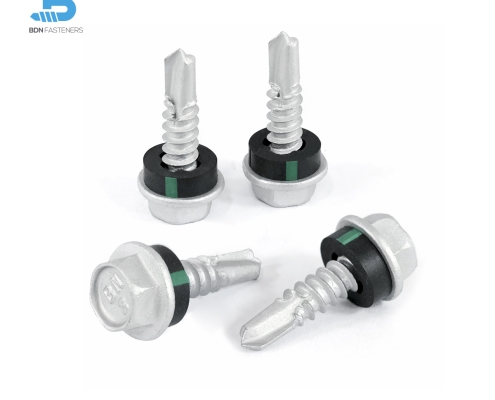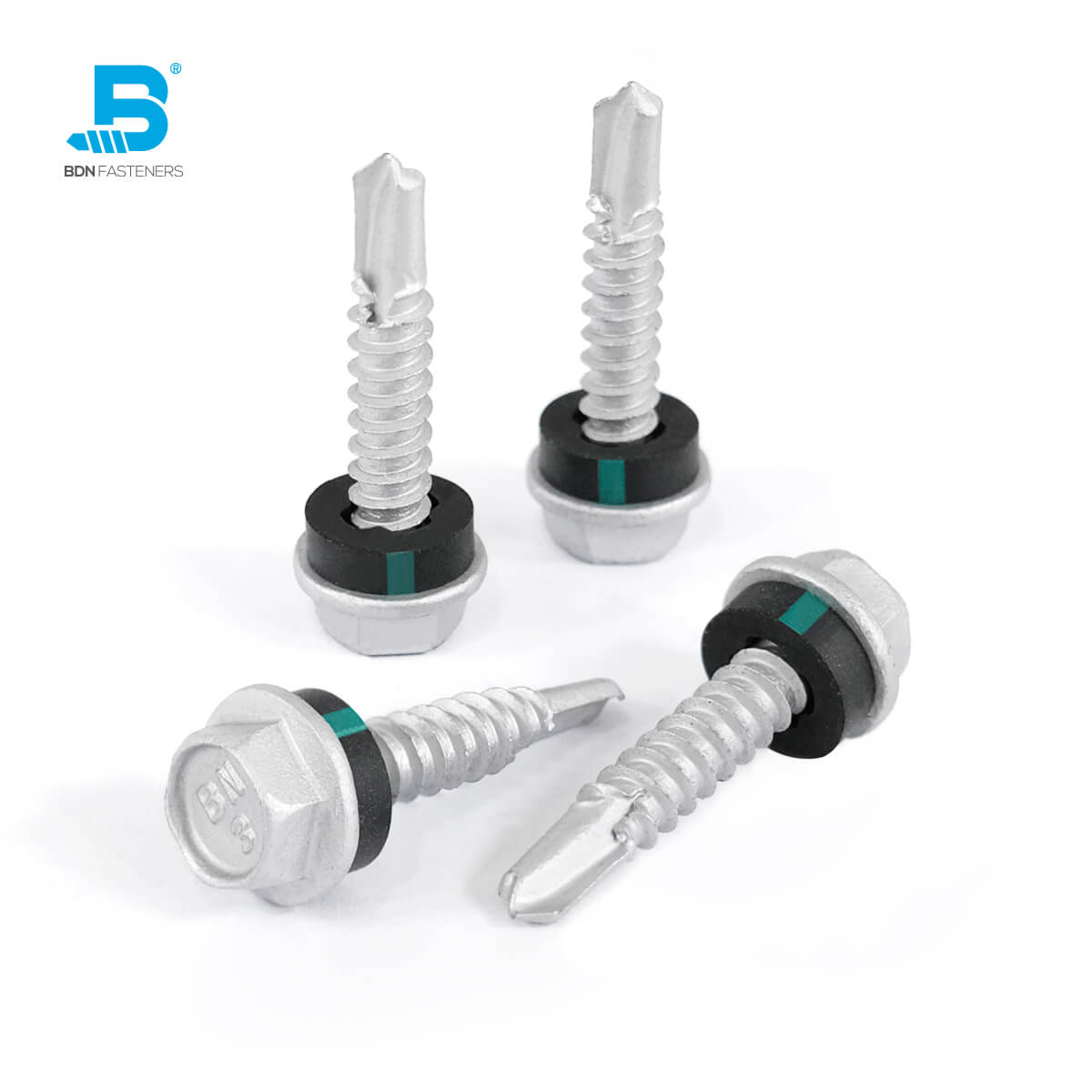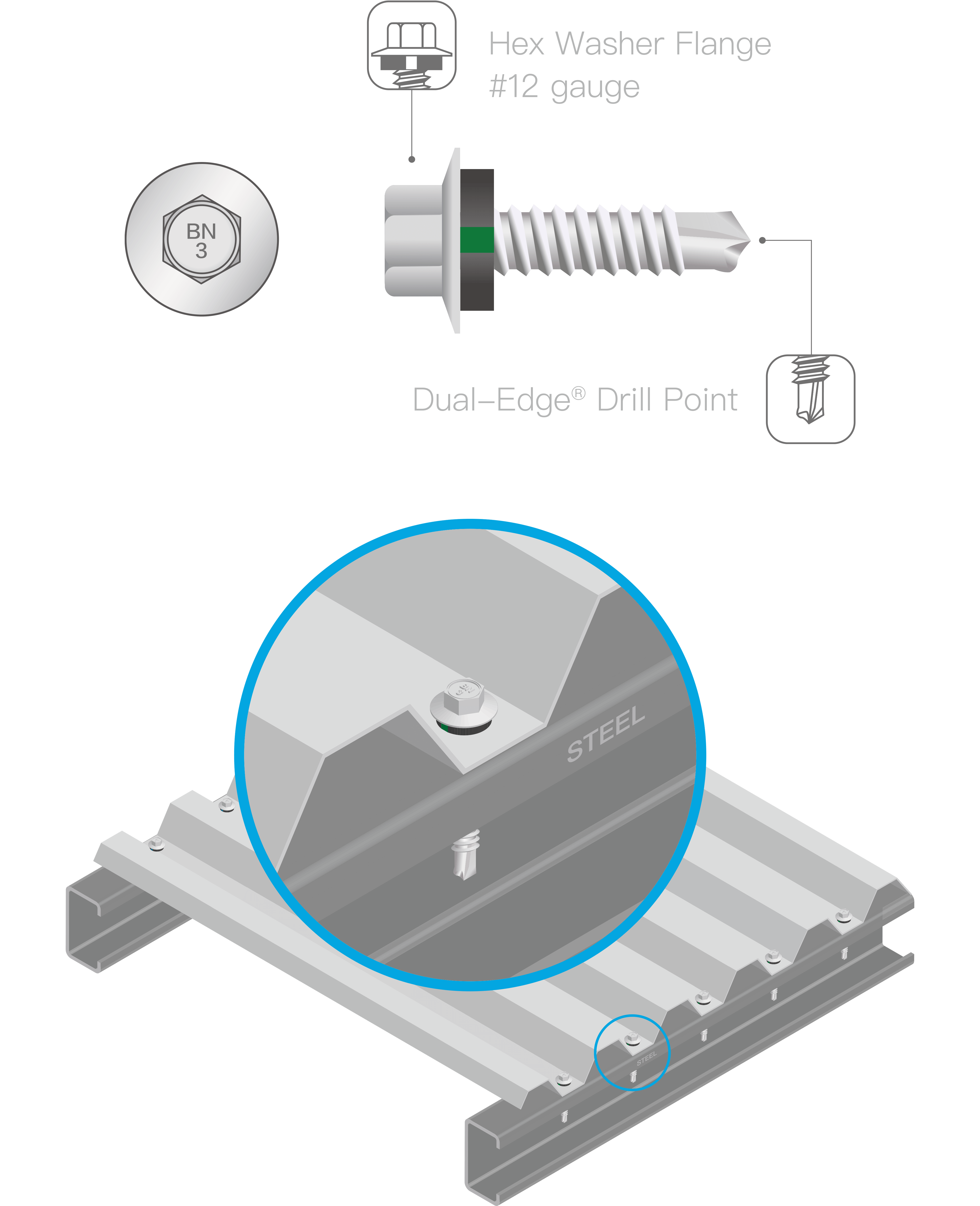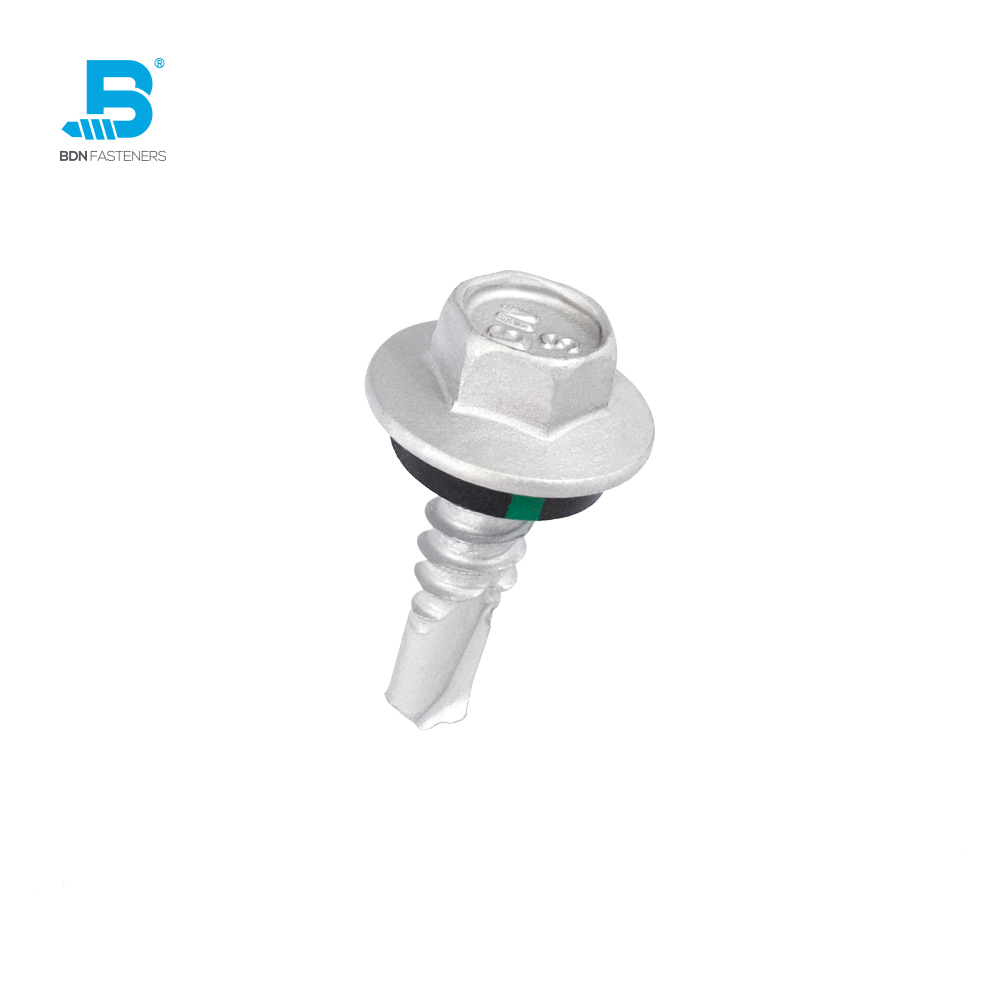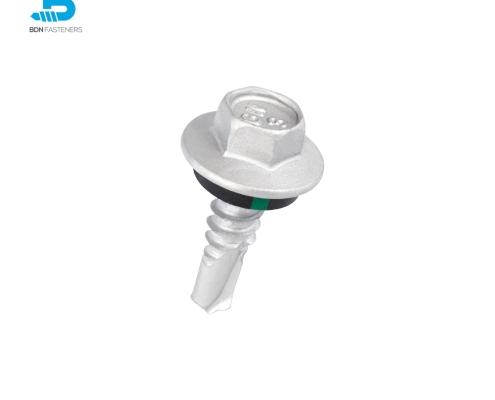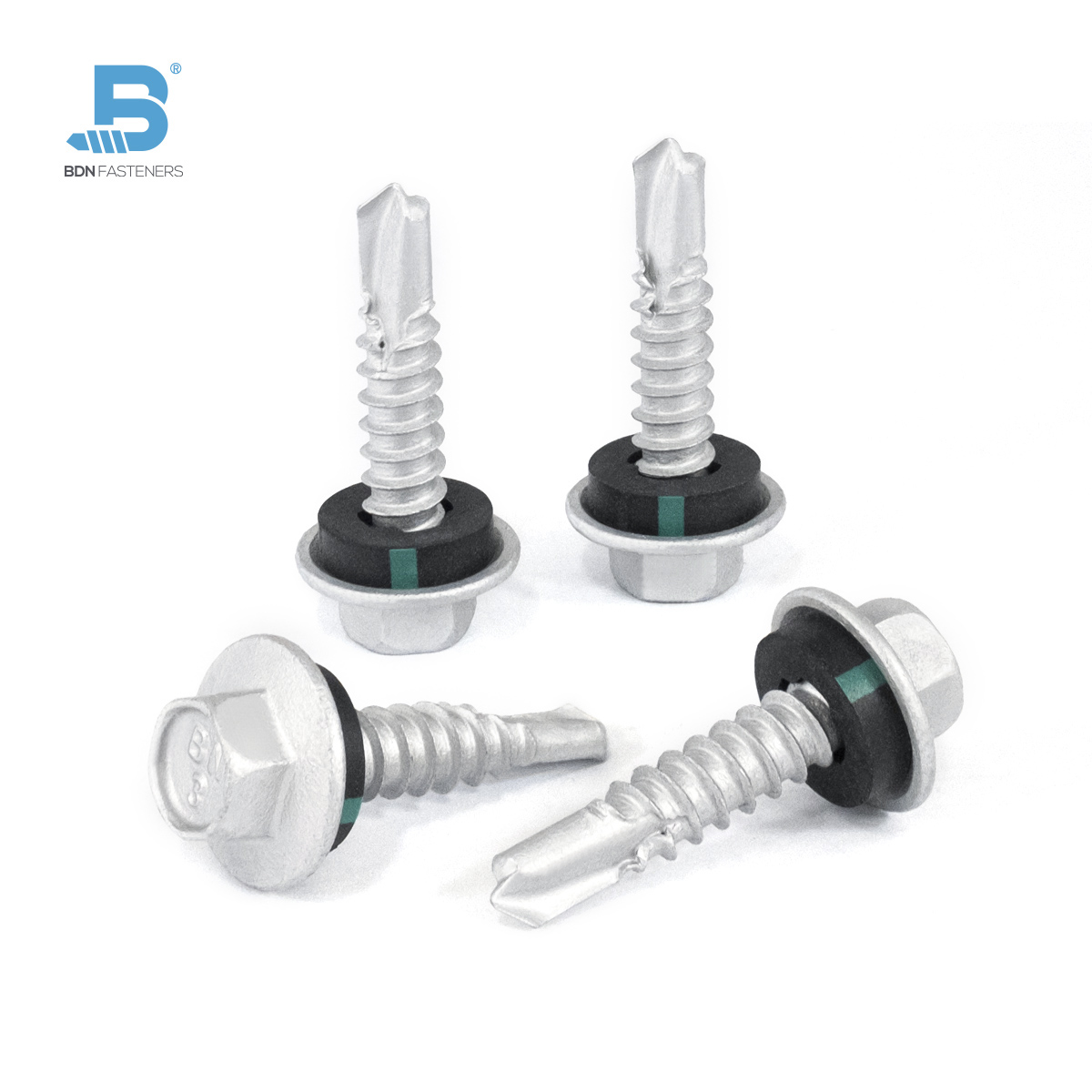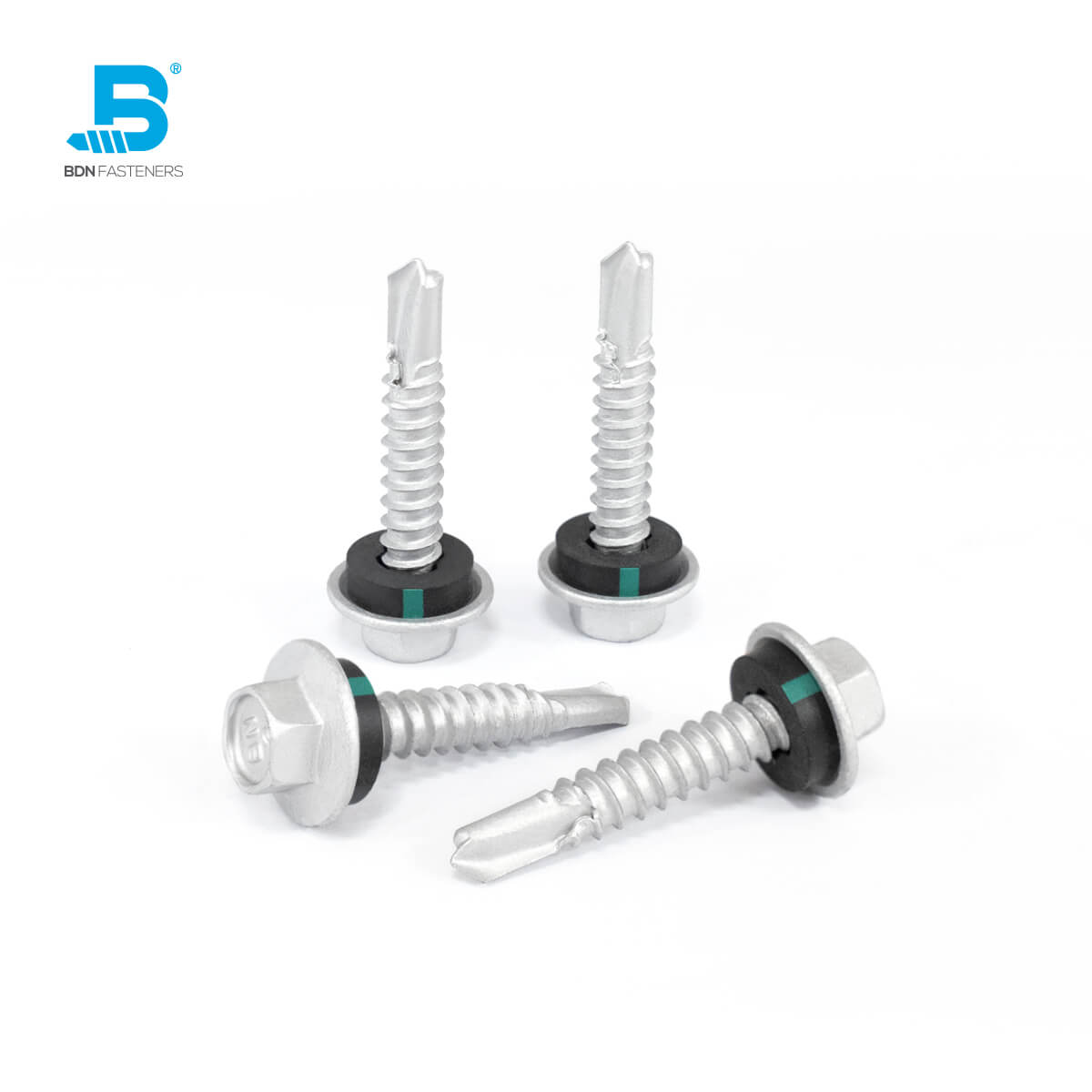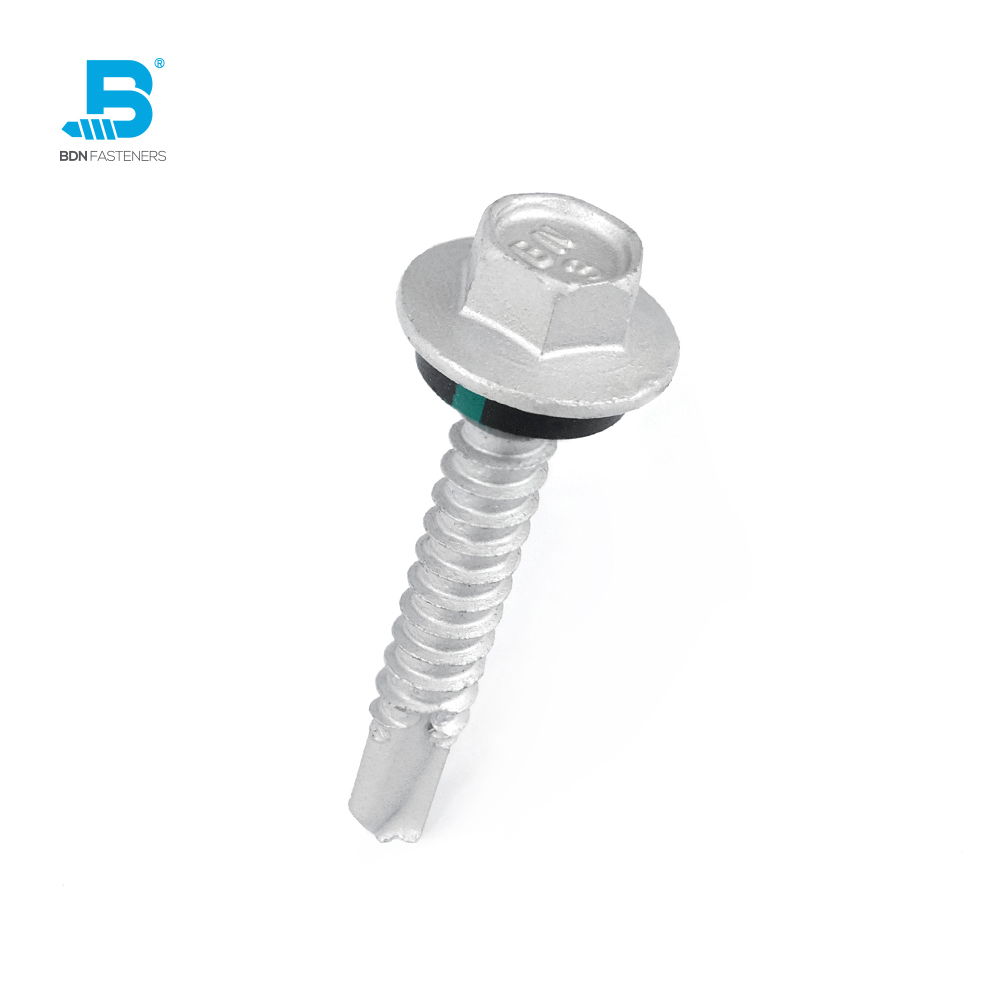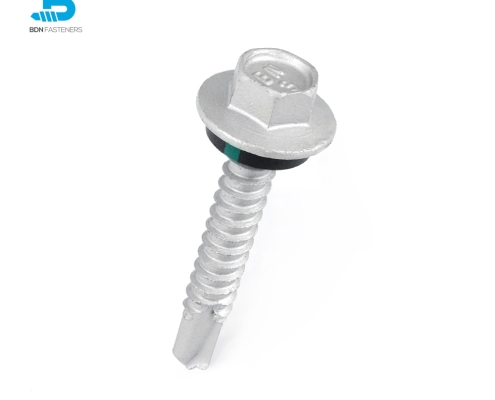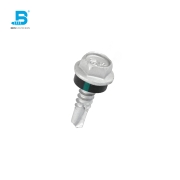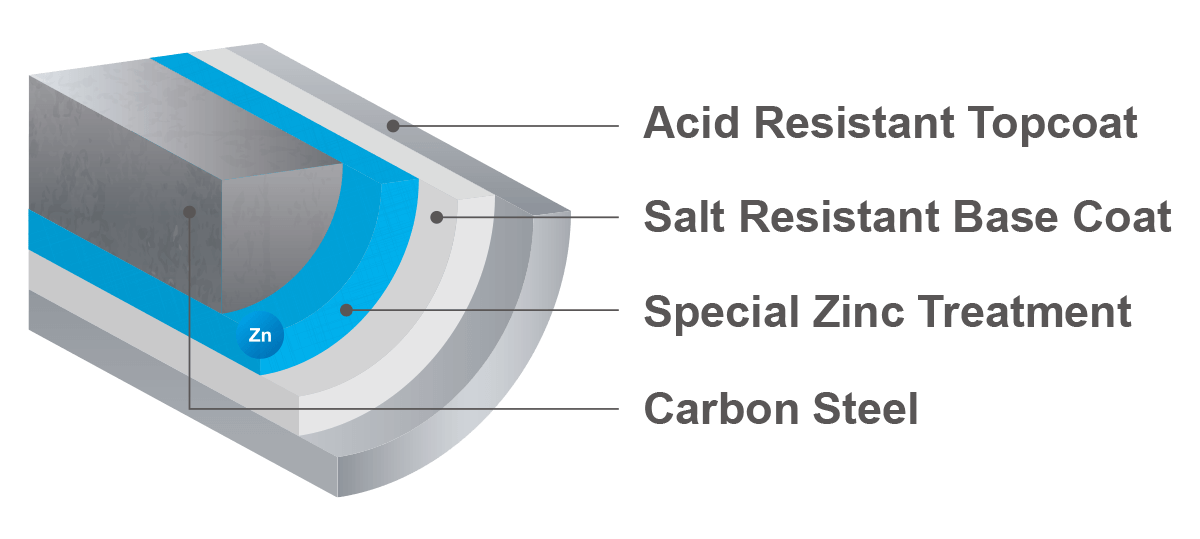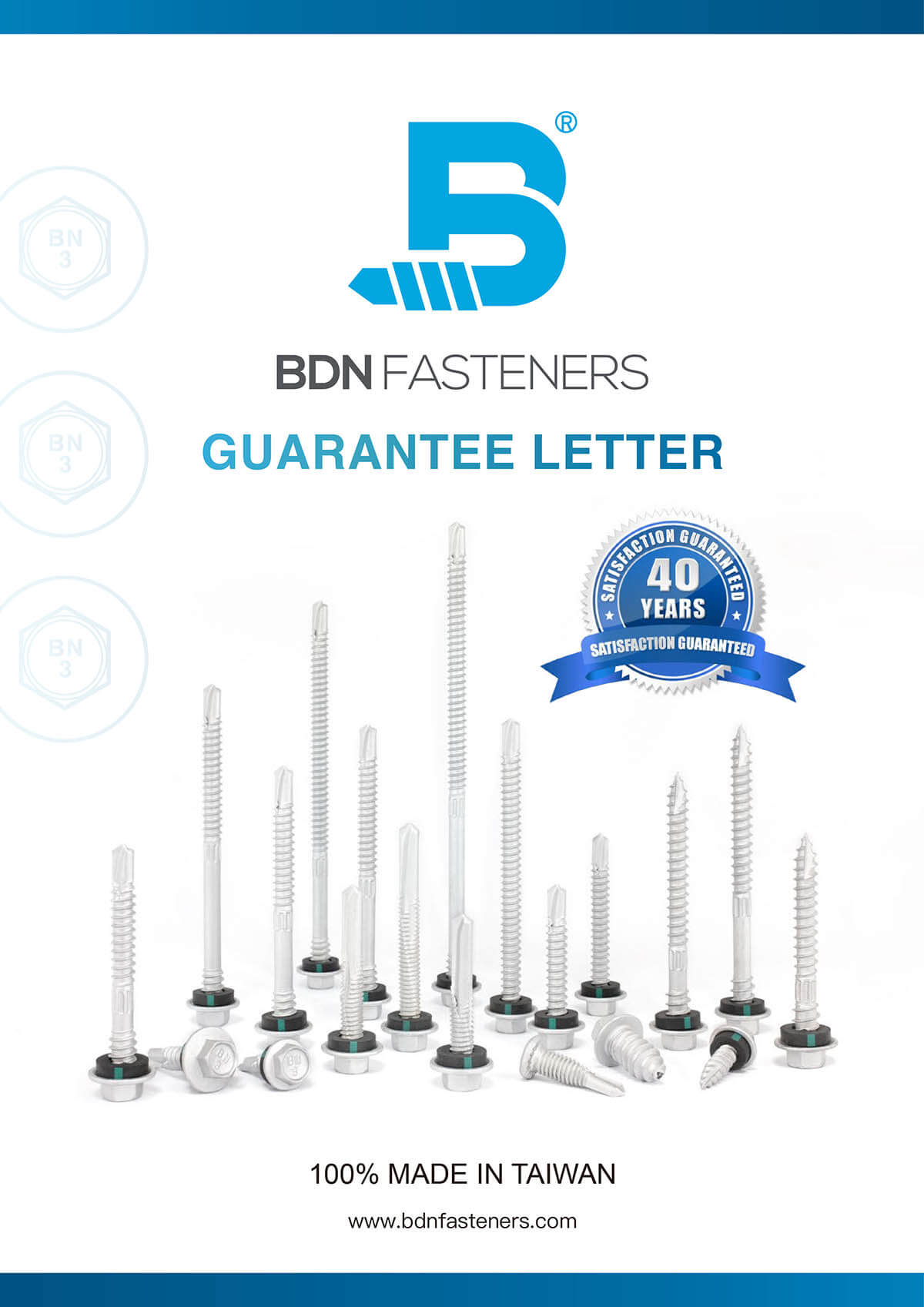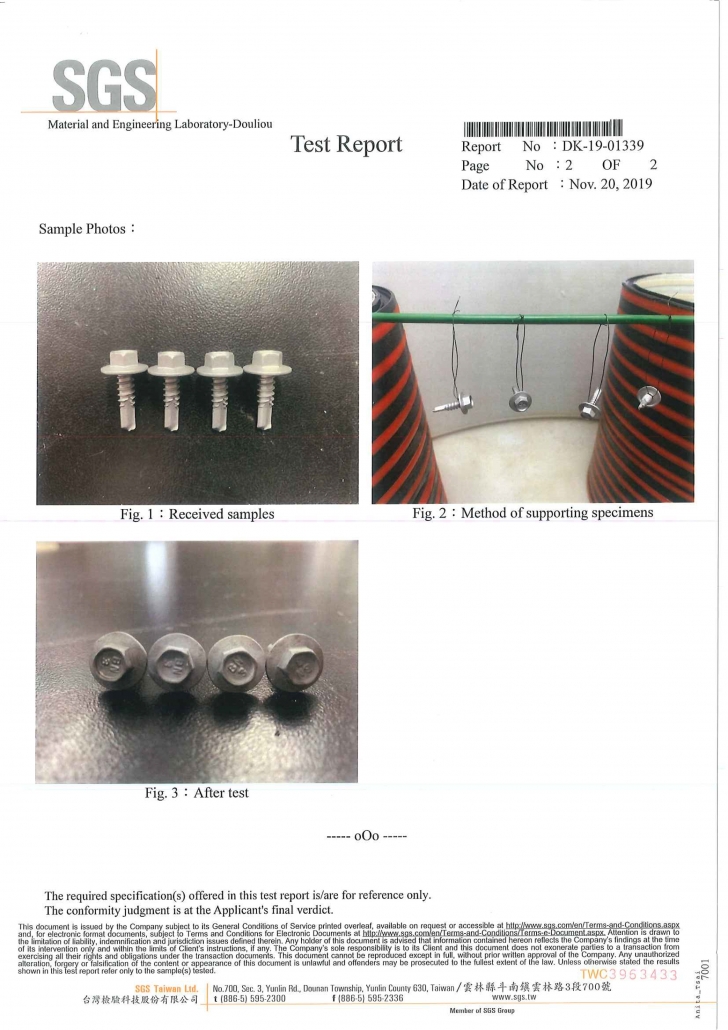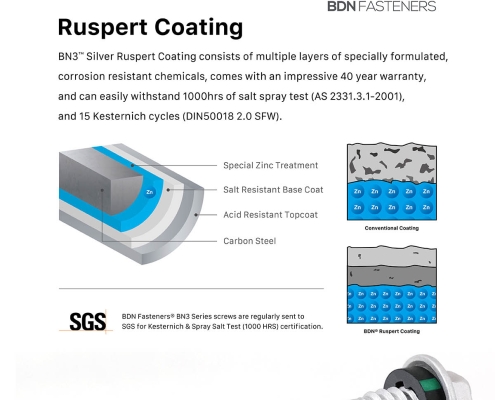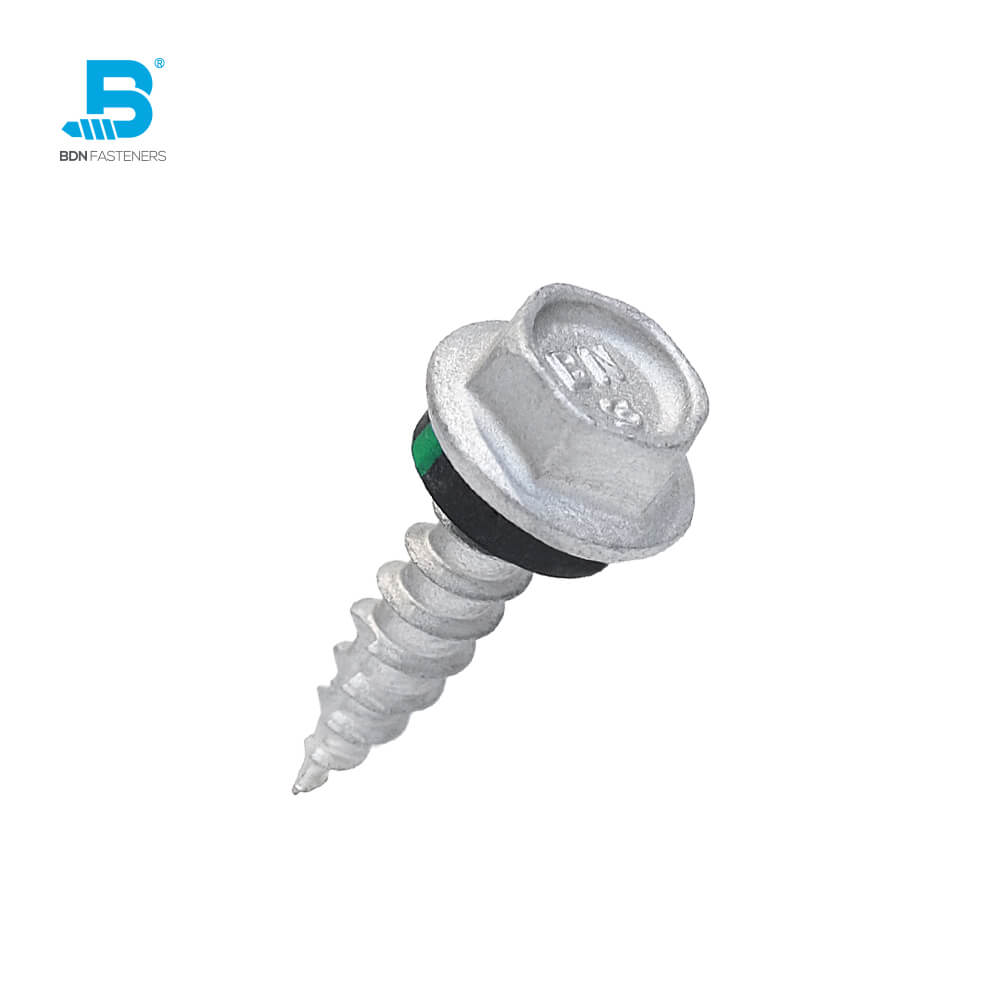FIXING CLADDING TO METAL
METAL-Tite™ – VALLEY FIXING FASTENERS #10 Gauge
Carbon steel fasteners for fixing steel sheets onto steel substrates
STEEL PENETRATION
Max 4.0mm thick (For #10 gauge)
ADAPTER TO USE
Magnetic Hex Socket (5/16″)

PRODUCT FEATURES
Hex Washer Flange
Dual-Edge® Drill Point
WASHER
Eco-BDN® Green Washer
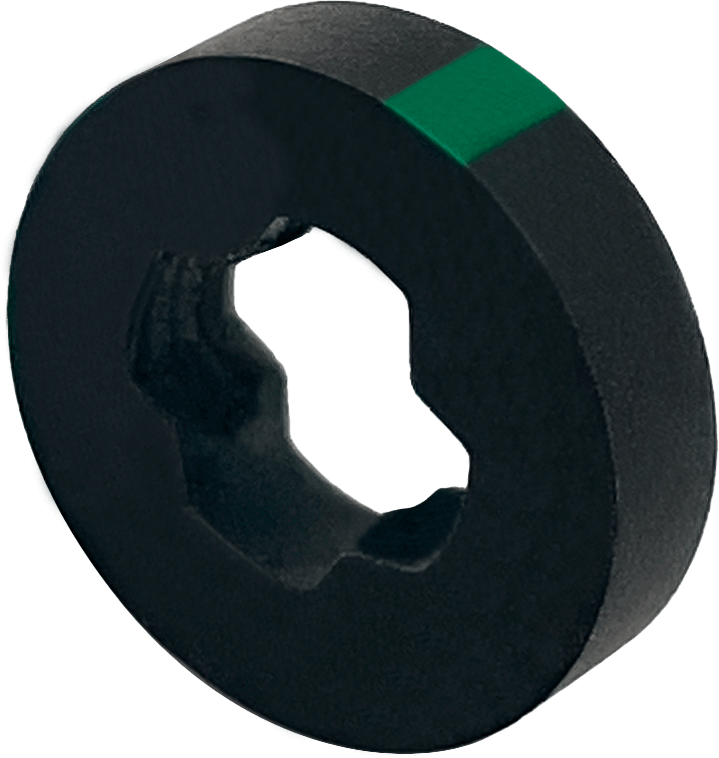
FIXING CLADDING TO METAL
METAL-Tite™ – VALLEY FIXING FASTENERS #12 Gauge
Carbon steel fasteners for fixing steel sheets onto steel substrates
STEEL PENETRATION
Max 6.0mm thick (For #12 gauge)
ADAPTER TO USE
Magnetic Hex Socket (5/16″)

PRODUCT FEATURES
Hex Washer Flange
Dual-Edge® Drill Point
WASHER
Eco-BDN® Green Washer

PART NUMBER
For size not indicated below , please contact for further information
Full Thread |
|
#12 Gauge
|
#10 Gauge
|
|
SDHC1225C3N 12-14 x 25mm |
SDHC1016C3N 10-16 x 16mm |
|
SDHC1230C3N 12-14 x 30mm |
SDHC1019C3N 10-16 x 19mm |
|
SDHC1235C3N 12-14 x 35mm |
SDHC1025C3N 10-16 x 25mm |
BN3 Head Mark
|
Surface Coating
|
|
| Corrosion Resistance | Class 3 | |
| Coating Type | Zinc+ Organic Coating (Ruspert) | |
|
SST 1000 hrs + Kesternich 7 cycles |
||
If you need more information about our products or get samples, we are very happy to help!
Fill in the form below and we’ll get back to you as soon as possible.
If you need more information about our products or get samples, we are very happy to help!

